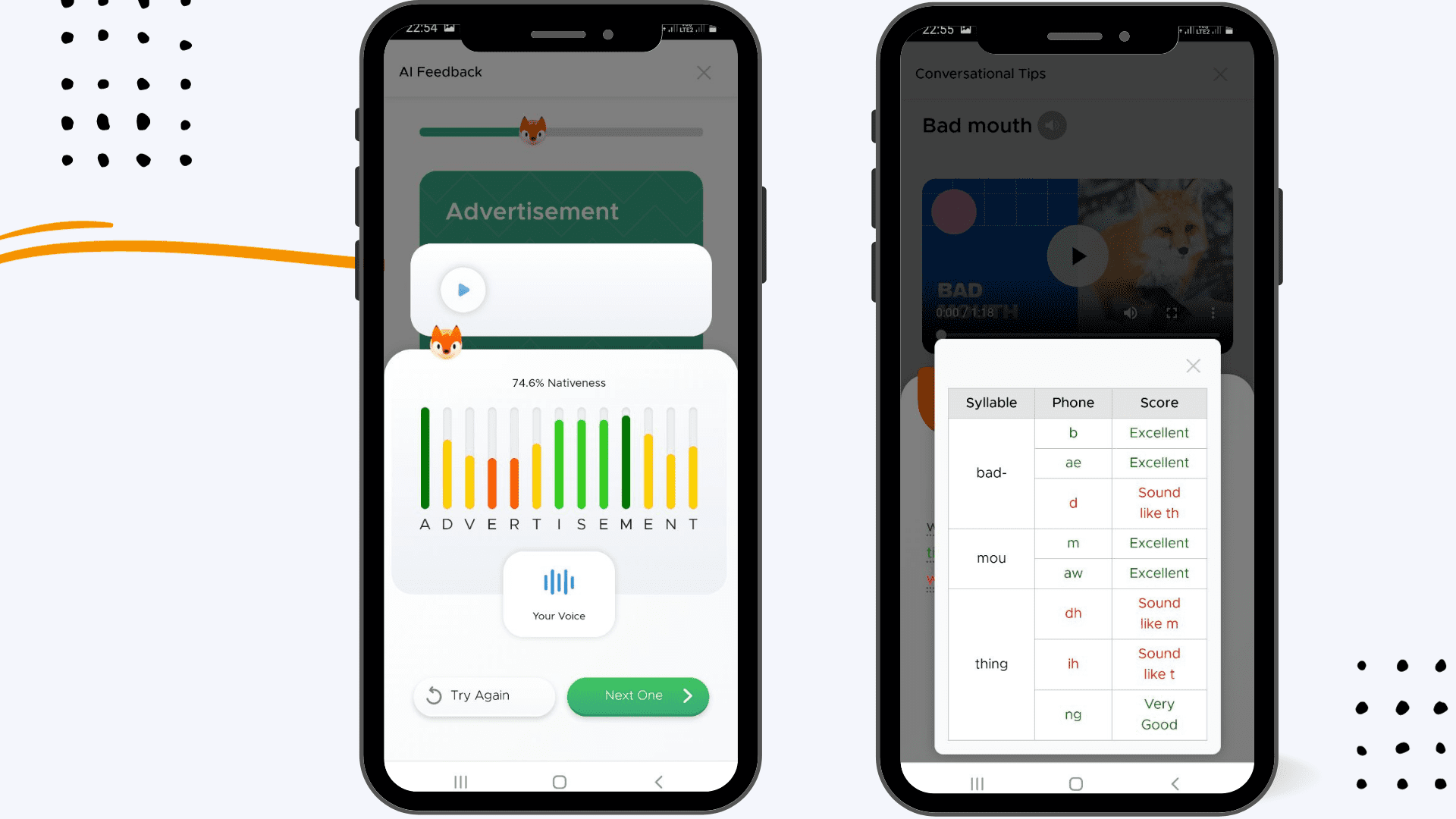
In a world where the seamless integration of technology and daily life is no longer a luxury but a norm, imagine sharpening your pronunciation skills with a sophisticated app that listens, understands, and corrects you in real-time. Every word, phrase, and sentence is instantly analyzed, granting you personalized feedback powered by state-of-the-art speech recognition technology. This isn’t a glimpse of a distant future but a reflection of today’s advancing technology. In this article, we will explore the revolutionary role and impact of speech recognition in elevating the experience and effectiveness of pronunciation apps.
Initially, pronunciation apps were basic, serving straightforward learning tools akin to digital textbooks. Users engaged with pre-recorded audio clips and interactive quizzes, but the experience was static. Each user navigated through a set path of learning, where personalization was minimal, and the experience was largely one-dimensional.
The introduction of speech recognition technology transformed these apps profoundly. They evolved from being informational hubs to interactive learning platforms. Users were now active participants, with apps offering real-time analysis and feedback on their pronunciation. This marked the birth of a personalized, adaptive learning journey, setting the stage for an era where technology and human interaction would blend seamlessly in the realm of language learning.
Speech recognition technology emerges from the complex interplay of artificial intelligence and intricate algorithms. It’s a symphony of codes and computations meticulously crafted to decipher human speech. By transforming audio signals into text, it allows immediate interaction and engagement. This technology stands as a bridge, making the leap from spoken words to actionable, responsive digital feedback.

AI and machine learning stand as the core pillars upholding this innovation. Their integration ensures that the technology not only deciphers speech but also learns and adapts. Every interaction becomes a learning opportunity, enabling the system to refine its understanding of the intricate tapestry of American accent, dialects, and individual speech patterns. As a result, precision and responsiveness in recognizing and interpreting speech are enhanced.
In this unfolding scenario, real-time feedback ascends as a pivotal aspect of learning. Gone are the days of delayed corrections and feedback. Speech recognition brings immediacy, offering learners instantaneous insights and corrections. This accelerates the learning curve, making each interaction a step towards mastery in pronunciation and spoken clarity. The horizon of language learning is expanding, and speech recognition is the compass pointing towards uncharted yet promising terrains of possibilities.
In the world of personalized learning, speech recognition tailors pronunciation exercises to individual speech patterns. It powers gamified learning experiences, making language acquisition not just personalized but immensely engaging. Learners get data-driven insights, analysis, and feedback, carving a learning path that’s as unique as their fingerprint, and as adaptive as their learning pace.

In the landscape of pronunciation apps, ChatterFox stands out, illuminating the practical impacts of integrating speech recognition technology. The app is more than a tool; it’s a companion in the language learning journey, attributing its transformative user experience to the synergy of advanced technology and user-centric design.
Users of ChatterFox are not just learning; they are immersing in an ecosystem where each interaction is personalized, each feedback is instantaneous, and each progress milestone is celebrated. The app’s integration of speech recognition technology has turned the process of learning English pronunciation into an engaging dialogue between the learner and the technology. It’s not about passive reception but active participation.
The stories shared by users articulate a narrative of empowerment. They speak of a noticeable enhancement in pronunciation accuracy, a testament to the app’s real-time feedback mechanism powered by speech recognition. Learning is not linear but dynamic, adapting to the unique learning curves, strengths, and areas of improvement of each user. ChatterFox, with speech recognition at its core, isn’t just about learning English; it’s about experiencing a tailored journey to linguistic mastery.
Yet, with innovation, come concerns – predominantly centered around data privacy and ethics. The use of AI in capturing, analyzing, and storing speech data raises questions. But, rest assured, app developers and tech giants are as invested in ethical considerations and security as they are in innovation. Measures to ensure user data privacy and security are not afterthoughts but integral aspects of app development.
Looking ahead, we envisage a world where AI doesn’t just respond but anticipates individual learning curves through predictive analysis. The integration of Virtual Reality (VR) is not far fetched but a tangible next step, offering an immersive learning experience that transcends traditional boundaries. It’s a future where global connectivity isn’t a feature but the very essence of language learning apps, connecting learners worldwide for a shared, enriched interactive learning journey.
In retrospect, speech recognition is not just a feature but a transformative force in pronunciation apps. It’s a journey from static learning to interactive engagement, from generic content to personalized experiences. As we look ahead, the fusion of AI, machine learning, and emerging technologies promises a future where learning is not just personalized but predictive, not just interactive but immersive.